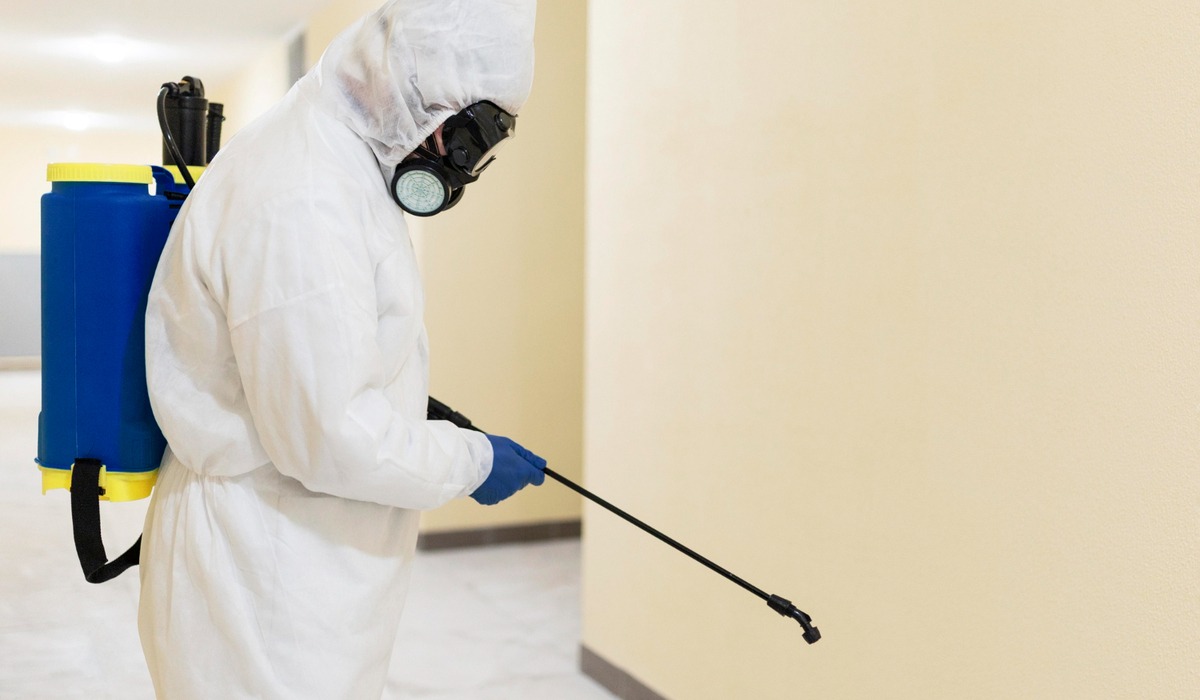Mold is a common problem that can occur in many homes and buildings. While it is often associated with damp and humid environments, there are several other factors that contribute to mold growth. Understanding the science behind mold growth is essential to effectively preventing and removing mold infestations. An expert specialized in mold removal Hamilton explains more below.
What is Mold?
Mold is a type of fungus that grows by releasing spores into the air. These spores can land on a variety of surfaces, including walls, ceilings, and floors, and then begin to grow and spread. Mold requires three main factors to grow: moisture, a food source, and the right temperature.
8 Factors that Lead to Mold Infestations:
- Moisture: Moisture is the primary contributor to mold growth. Mold thrives in damp environments and can grow quickly in areas with high humidity, leaks, or water damage. To prevent mold growth, it’s essential to address any sources of moisture as soon as possible. This may involve repairing leaks, improving ventilation, or using a dehumidifier to reduce humidity levels.
- Food Source: Mold can grow on a variety of surfaces, including wood, paper, and fabrics. Cellulose, a natural polymer found in many building materials, is an excellent food source for mold. It’s important to be aware of the materials in your home and to address any issues with mold growth promptly.
- Temperature: Mold thrives in temperatures between 60-80°F. This is the temperature range found in most homes and buildings, making it an ideal environment for mold growth. However, extreme temperatures can also contribute to mold growth. If a home is left unheated or unventilated for an extended period, it can create the perfect conditions for mold growth.
- Humidity: High humidity is a common problem in many homes, particularly in areas with poor ventilation, such as bathrooms and kitchens. Humidity levels above 60% can create ideal conditions for mold growth. To prevent mold growth, it’s essential to monitor humidity levels and use a dehumidifier if necessary.
- Ventilation: Proper ventilation is essential for preventing mold growth. Poor ventilation can cause moisture to build up, creating the perfect environment for mold to thrive. It’s important to ensure that bathrooms, kitchens, and other areas with high moisture levels have adequate ventilation.
- Darkness: Mold thrives in dark, damp environments. This is why it’s common to find mold growing in hidden areas such as behind walls, in attics, and basements. It’s essential to check these areas regularly to ensure timely attic mold removal in Hamilton.
- Airflow: Lack of airflow can also contribute to mold growth. When air is stagnant, moisture can build up and create the perfect environment for mold to thrive. It’s important to keep air circulating throughout the home, using fans or open windows as necessary.
- Seasonal Changes: Seasonal changes can also contribute to mold growth. During the winter months, when homes are heated and insulated, moisture can become trapped, creating the perfect environment for mold growth. It’s important to be aware of seasonal changes and take appropriate measures to prevent mold growth.
Understanding the environmental factors that contribute to mold growth is essential to effectively preventing and removing mold infestations. Take proactive measures to address the factors mentioned above and hire experts for mold inspection or mold remediation Hamilton. This lets you maintain a healthy environment in your home.

